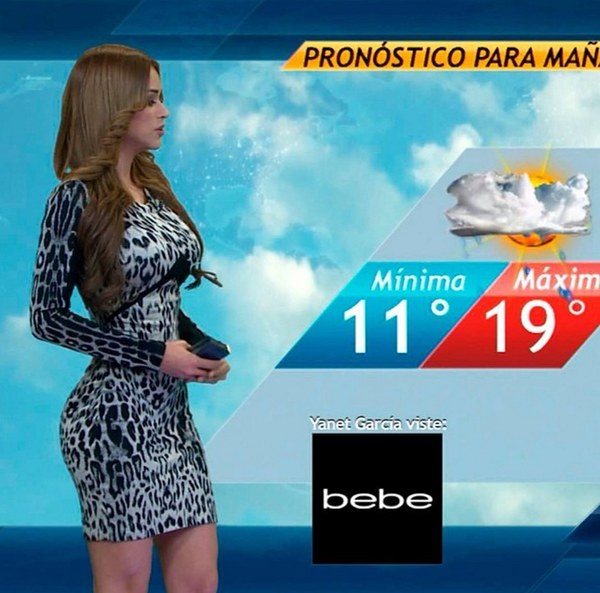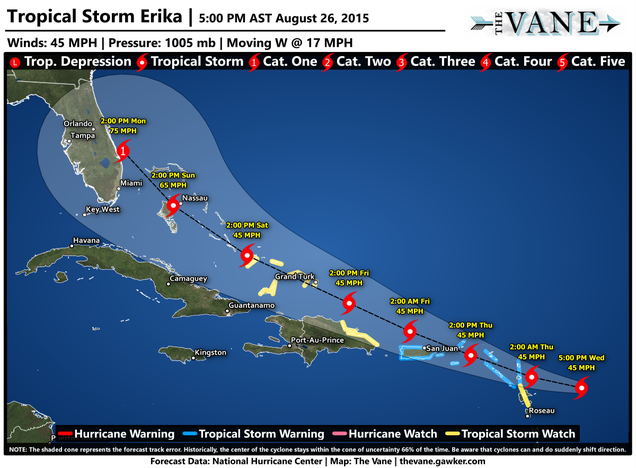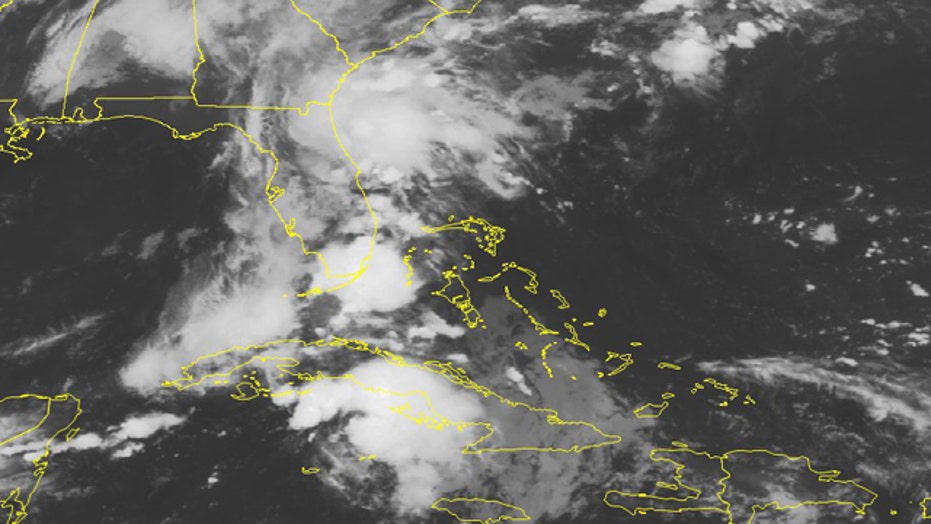

Stronger westerly winds aloft are present in the Caribbean Sea in El Niño seasons, indicated by the arrows and green, yellow, orange and red contours. Here, we plotted the average winds anomalies near jet-stream level in all El Niño hurricane seasons (first panel) since 1966, then during the moderate or strong El Niño seasons. In stronger El Niños, wind shear can also be stronger over parts of the eastern Atlantic Ocean, also putting the brakes on development there. You can see that increase in westerly winds aloft over the Caribbean Sea in the animation below.

These stronger westerly winds above the typical tropical easterly surface winds lead to increased wind shear. Part of the circulation in the atmosphere generated during an El Niño is a belt of stronger than usual westerly winds aloft over the Caribbean Sea. It does that by either blowing thunderstorms away from its center or tilting its cylindrical vortex, disrupting the ideal heat engine that usually allows storms to form and intensify. Wind shear either inhibits tropical cyclones from forming, or can put a cap on their intensification.

The main reason El Niño hampers tropical development is wind shear. (Data: NOAA, Phil Klotzbach/CSU) Why does El Niño reduce the number of storms? Same as the previous graph, except we also show the counts of storms, hurricanes and Category 3 or stronger hurricanes in the seven seasons with a moderate or strong El Niño (red bars) since 1966.

When compared to an average season, you can expect almost six fewer storms, four fewer hurricanes and two fewer Category 3 or stronger hurricanes in seasons with a moderate or strong El Niño. Those seven seasons showed a further reduction of one storm, one to two hurricanes and a downward tick in stronger hurricanes from the already reduced El Niño seasons. Of those 18 El Niño hurricane seasons, we also examined the seven seasons in which the El Niño was at least moderate intensity, defined by a three-month ocean temperature anomaly of at least 1 degree Celsius above average in that zone of the central and eastern equatorial Pacific Ocean. (Data: NOAA, Phil Klotzbach/CSU) The strength of El Niño also matters However, the El Niño hurricane seasons have averaged about five fewer storms, two to three fewer hurricanes and one to two fewer Category 3 or stronger hurricanes.Īverage numbers of storms, hurricanes and Category 3 or stronger hurricanes in the Atlantic Basin during 18 seasons with an El Niño (peach bars), 21 seasons with a La Niña (blue bars), 18 seasons with neither El Niño nor La Niña (neutral seasons white bars) compared to the most recent 30-year average counts (gray bars). Neutral and La Niña seasons were fairly close to the average of 14 storms, seven hurricanes and three Category 3-plus hurricanes. The average number of storms, hurricanes and Category 3 or stronger hurricanes for each of those is plotted in the graph below, along with the average number in 30 hurricane seasons from 1991 through 2020, for comparison purposes. There were 21 hurricane seasons with a La Niña, 18 with an El Niño and 18 with neither, or what meteorologists call "neutral" conditions. For each of those seasons, we noted if an El Niño, La Niña, or neither was either in place or developed later in the season, based on data compiled by NOAA.Īdmittedly, this doesn't provide a large sample size.
Erika hurricane track full#
We examined all hurricane seasons since 1966, when full satellite coverage of the Atlantic Basin began. El Niño usually reduces the number of storms and hurricanes Here is what you need to know about El Niño's typical influence on hurricane season, along with some important caveats. This matters because these ocean temperature anomalies can influence weather patterns around the world.


 0 kommentar(er)
0 kommentar(er)
